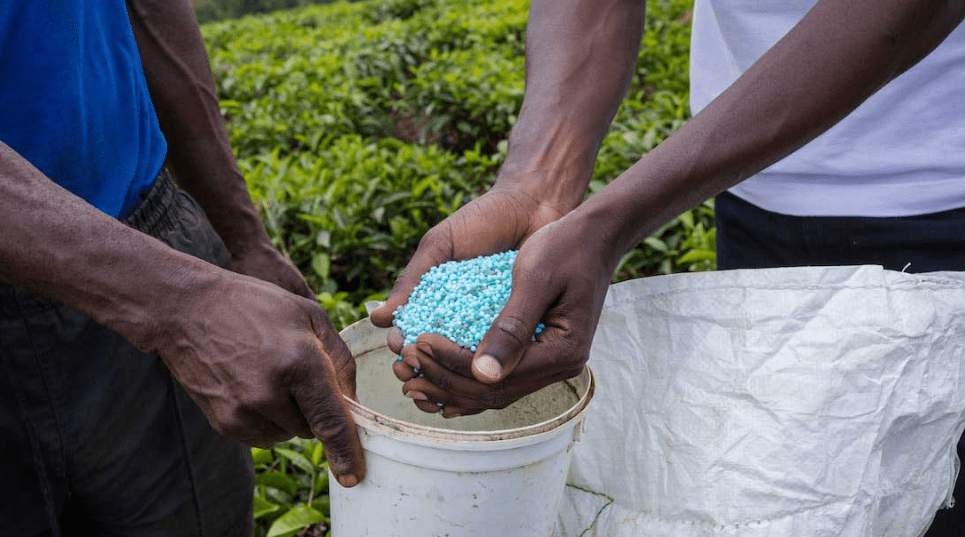
Fertilizer for Watermelon: Essential Nutrients for Juicy, Sweet Melons
Fertilizer for watermelon is crucial in ensuring your plants produce juicy, sweet melons. Knowing the right type of fertilizer and how to apply it can make a significant difference in the quality and quantity of your watermelon harvest. This comprehensive guide will walk you through the essential nutrients for watermelon plants and the best fertilization practices to maximize your yield.
Table of Contents
ToggleUnderstanding Watermelon Nutrient Needs
A. Basic Nutrient Requirements
Watermelon plants have specific nutrient needs to thrive and produce high-quality fruit. The basic nutrient requirements for watermelon include nitrogen, phosphorus, potassium, and other micronutrients like calcium, magnesium, and sulfur. Nitrogen is essential for leaf and stem growth, phosphorus promotes root development and fruit production, and potassium helps with overall plant health and fruit quality.
B. Soil Testing and Preparation
Before applying any fertilizer, it is important to conduct a soil test to determine the current nutrient levels in your soil. This will help you understand what specific nutrients your watermelon plants may be lacking and allow you to tailor your fertilization strategy accordingly. Additionally, preparing the soil by tilling and adding organic matter can improve nutrient availability and soil structure, which can ultimately benefit the growth and development of your watermelon plants.
Types of Fertilizers for Watermelon
A. Organic Fertilizers
Organic fertilizers, such as compost, manure, and organic-based fertilizers, are a great option for providing essential nutrients to your watermelon plants. These fertilizers release nutrients slowly, promoting long-term soil health and microbial activity. They also improve soil structure and water retention, which can benefit the overall growth and development of your watermelon plants. When using organic fertilizers, it is important to follow application guidelines and consider the nutrient content to ensure your plants receive the necessary nutrients for optimal growth.
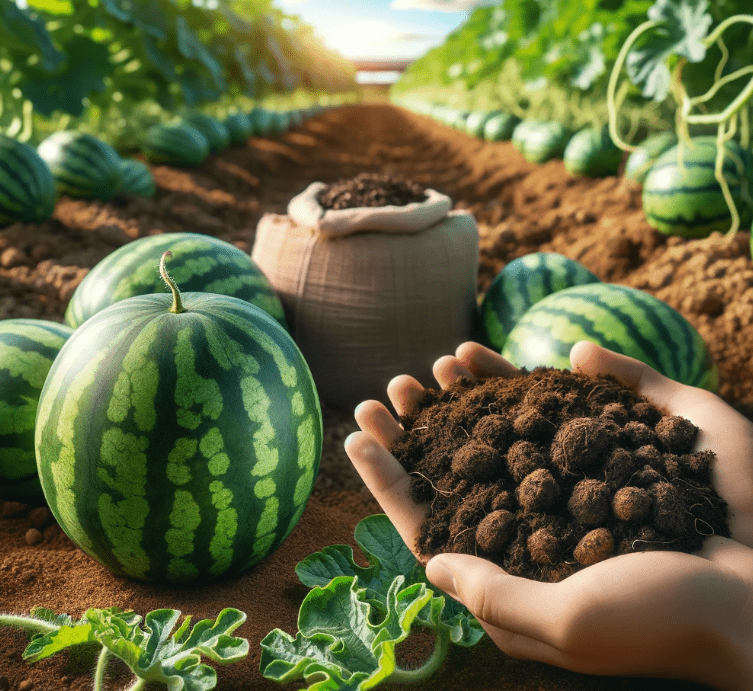
B. Synthetic Fertilizers
Synthetic fertilizers, such as nitrogen, phosphorus, and potassium-based fertilizers, are also an option for providing nutrients to your watermelon plants. These fertilizers release nutrients quickly and can provide a rapid growth response in the plants. However, they do not improve soil structure or microbial activity as effectively as organic fertilizers. When using synthetic fertilizers, it is important to carefully follow application instructions and consider the potential for nutrient runoff, as excess nutrients can be harmful to the environment. Ultimately, the choice of fertilizer for your watermelon plants will depend on your specific gardening goals and preferences.
C. Liquid vs. Granular Fertilizers
When considering fertilizers for your watermelon plants, you have the option of using either liquid or granular fertilizers. Liquid fertilizers are quickly absorbed by the plants and can provide a rapid growth response. They are also easy to apply and are suitable for foliar feeding. On the other hand, granular fertilizers release nutrients slowly over time, providing a longer-lasting nutrient supply to the plants. They are also easier to store and handle compared to liquid fertilizers. Ultimately, the choice between liquid and granular fertilizers will depend on your specific gardening needs and preferences.
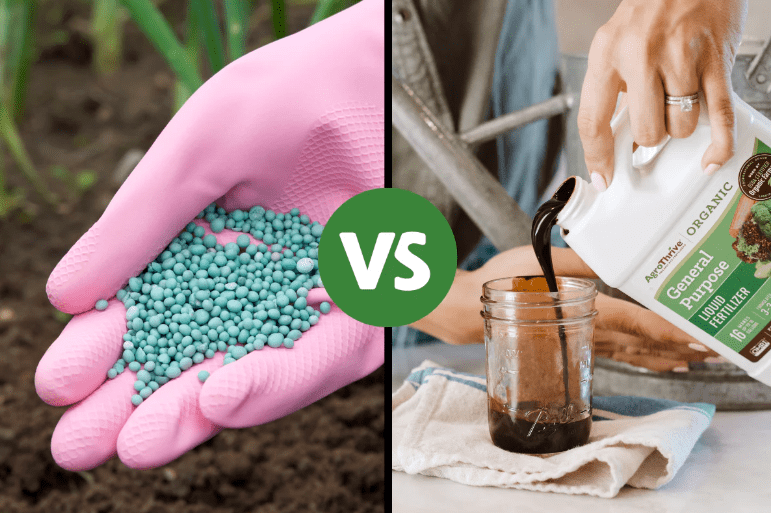
Fertilization Schedule for Watermelon
A. Pre-Planting Fertilization
Before planting watermelon seeds or seedlings, it’s important to prepare the soil with a balanced fertilizer to provide essential nutrients for initial growth. A general recommendation for pre-planting fertilization is to apply a granular fertilizer with a balanced N-P-K ratio (nitrogen, phosphorus, potassium) such as 10-10-10. This can help ensure that the soil has sufficient nutrients to support the early stages of watermelon growth.
B. Seedling Stage
During the seedling stage, it’s important to continue feeding the watermelon plants with a balanced fertilizer to support healthy growth. For best results, consider using a water-soluble fertilizer that is high in nitrogen to promote leaf and stem development. It’s important to follow the manufacturer’s instructions for application to avoid over-fertilization. C. Early Fruit Development
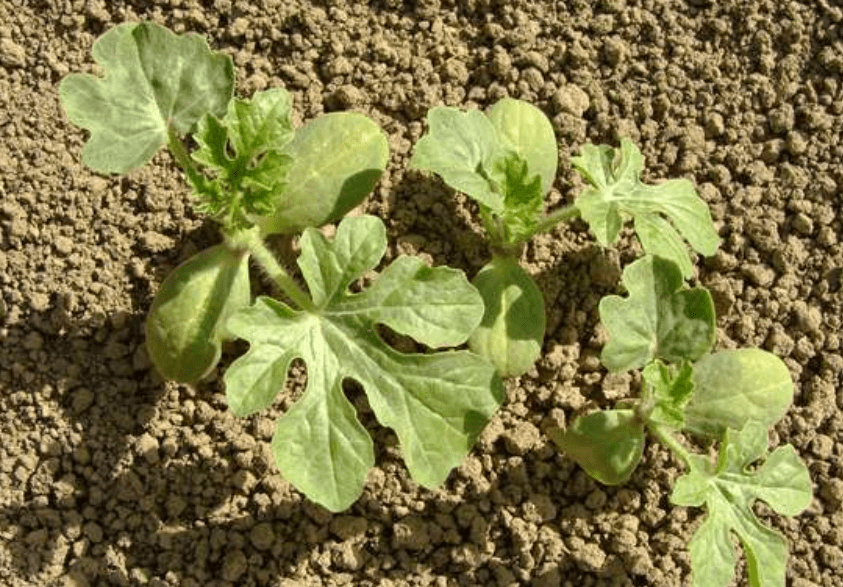
C. Vegetative Growth Stage
During the early fruit development and vegetative growth stages, it’s crucial to continue providing the watermelon plants with a balanced fertilizer to support healthy development. Consider using a fertilizer with a higher ratio of phosphorus and potassium to promote flowering and fruit production. It’s also important to ensure that the soil has sufficient nutrients to support the continued growth of the watermelon plants. Regular soil testing and proper fertilization can help ensure optimal conditions for watermelon growth during these stages.
D. Flowering and Fruiting Stage
During the flowering and fruiting stage, it’s important to continue providing the watermelon plants with the nutrients they need to support healthy fruit development. Consider using a fertilizer with a higher ratio of potassium to promote fruit quality and development. It’s also crucial to ensure that the plants receive adequate water and sunlight to support the growth of the fruit. Monitoring the plants closely and providing the necessary care during this stage can help maximize fruit production and quality. Additionally, it’s important to watch for any signs of pests or diseases and take appropriate measures to protect the plants.
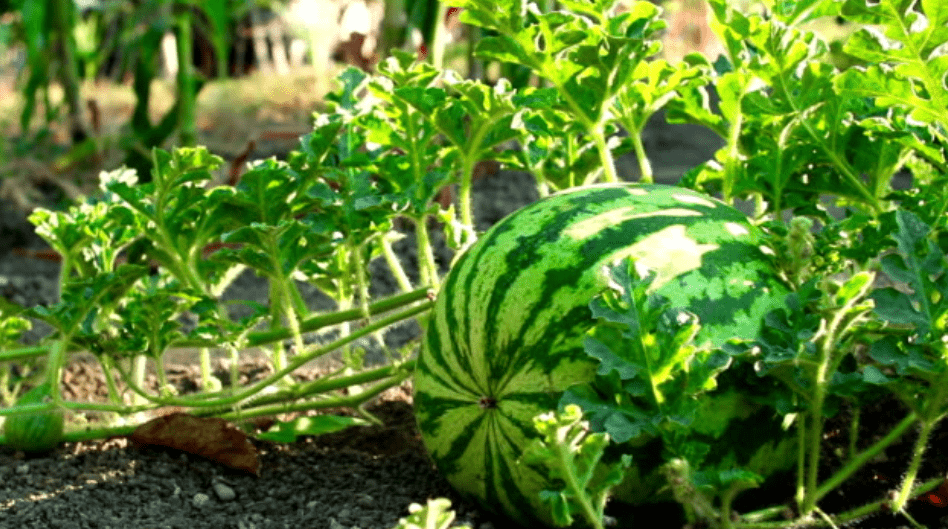
Application Techniques
A. Side-Dressing
Side-dressing is a common technique used to apply fertilizers to watermelon plants during the flowering and fruiting stage. This involves applying fertilizer directly to the soil around the plants, typically in a band or circle around the base of the plant. This allows the fertilizer to reach the root zone where it can be readily absorbed by the plants. Side-dressing can be done using granular or liquid fertilizers, and it’s important to follow the recommended application rates to avoid over-fertilizing the plants. This technique can help ensure that the plants have access to the nutrients they need to support healthy fruit development.
B. Foliar Feeding
Foliar feeding is a method of applying fertilizers directly to the leaves of watermelon plants. This can be done using a spray bottle, sprayer, or hose-end sprayer to apply liquid fertilizers to the foliage. The nutrients are absorbed through the leaves and can provide a quick boost to the plants, especially during times of rapid growth or when they are experiencing nutrient deficiencies. It’s important to follow the recommended application rates and avoid spraying during the heat of the day to prevent leaf burn. Foliar feeding can be a useful technique to supplement the nutrition of watermelon plants and promote healthy growth.
C. Drip Irrigation Fertilization
Drip irrigation fertilization is a method of delivering nutrients directly to watermelon plants through the use of a drip irrigation system. This system delivers a controlled amount of water and fertilizer directly to the plant’s root zone, ensuring that the plants receive the necessary nutrients for healthy growth. Fertilizers can be injected into the irrigation system using a fertilizer injector, or pre-mixed fertilizers can be applied through the drip lines. This method helps to minimize waste and ensure that the plants receive the nutrients they need in a targeted and efficient manner. Drip irrigation fertilization is a popular choice for watermelon growers as it can help to optimize plant health and yield.
Common Fertilization Mistakes to Avoid
A. Over-Fertilization
Over-fertilization is a common mistake that can have negative effects on watermelon plants. Applying too much fertilizer can lead to an imbalance of nutrients in the soil, which can damage the roots and hinder the plant’s growth. This can also result in excessive vegetative growth at the expense of fruit production. It’s important to follow recommended fertilizer application rates and schedules to avoid over-fertilizing and to regularly test the soil to ensure the correct balance of nutrients. Additionally, using a drip irrigation system for fertilization can help to control the amount of fertilizer applied and prevent over-fertilization.
1. How to correct and prevent over-fertilization
To correct over-fertilization, it’s important to first test the soil to assess the nutrient levels and determine the specific imbalances. Once the nutrient levels are known, it may be necessary to flush the soil with water to help remove excess nutrients. In the future, it’s important to follow recommended fertilizer application rates and schedules and regularly test the soil to ensure the correct balance of nutrients. Additionally, using a drip irrigation system for fertilization can help to control the amount of fertilizer applied and prevent over-fertilization.
B. Under-Fertilization
Under-fertilization is another common mistake to avoid when it comes to watermelon plants. Not providing enough nutrients can lead to stunted growth, weak plants, and poor fruit production. It’s important to regularly test the soil and adjust fertilizer application to ensure that the plants are receiving the necessary nutrients for healthy growth. Additionally, using a balanced fertilizer with the right combination of nitrogen, phosphorus, and potassium can help to prevent under-fertilization and provide the plants with the nutrients they need to thrive.
1. Corrective measures and prevention
To address under-fertilization, it may be necessary to apply a balanced fertilizer to the soil to provide the necessary nutrients for the watermelon plants. It’s important to follow recommended fertilizer application rates and schedules and regularly test the soil to ensure that the plants are receiving the correct balance of nutrients. Using a drip irrigation system for fertilization can also help to ensure that the plants are receiving the necessary nutrients and prevent under-fertilization. Additionally, monitoring the growth and health of the plants can help to identify any signs of under-fertilization and make adjustments as needed.
C. Improper Timing
Improper timing of fertilizer application can also lead to issues with watermelon plants. It’s important to apply fertilizer at the right time in the plant’s growth cycle to ensure that the nutrients are being utilized effectively. Early application of fertilizer can lead to excessive vegetative growth at the expense of fruit production, while late application may not provide the necessary nutrients for optimal fruit development. It’s essential to follow recommended guidelines for when to apply fertilizer based on the specific needs of watermelon plants. Additionally, considering the use of slow-release fertilizers can help to provide a steady supply of nutrients over an extended period, ensuring that the plants are receiving the necessary nutrients at the right time.
Monitoring and Adjusting Fertilization
A. Regular Plant Monitoring
Regular Plant Monitoring and adjusting fertilization is crucial for ensuring the health and productivity of watermelon plants. By regularly monitoring the plants, you can identify any signs of nutrient deficiencies or excesses and make appropriate adjustments to the fertilizer application. This may involve conducting soil tests to determine the nutrient levels and adjusting the fertilizer type and amount accordingly. Additionally, observing the overall health and growth of the plants can help you to determine if they are receiving the necessary nutrients. By staying vigilant and making necessary adjustments, you can help to optimize the growth and fruit production of your watermelon plants.
1. Observing plant health and growth.
Regularly observing the health and growth of your watermelon plants is important for ensuring they are receiving the necessary nutrients. By monitoring for any signs of nutrient deficiencies or excesses, you can make adjustments to the fertilizer application to ensure the plants remain healthy and productive. This may involve conducting soil tests to determine nutrient levels and making appropriate changes to the fertilizer type and amount. By staying vigilant and making necessary adjustments, you can help to optimize the growth and fruit production of your watermelon plants.
B. Soil Re-Testing
Over time, the nutrient levels in your soil can change, affecting the growth and productivity of your watermelon plants. By re-testing the soil at regular intervals, you can ensure that the nutrient levels are in balance and make any necessary adjustments to the fertilizer application. This can help to maintain optimal conditions for plant growth and fruit production. Additionally, re-testing the soil can also help to identify any potential issues such as pH imbalances or nutrient deficiencies that may be hindering plant growth. By staying vigilant and re-testing the soil as needed, you can help to optimize the growth and fruit production of your watermelon plants.
In conclusion, providing the right nutrients to your watermelon plants is essential for producing delicious, juicy melons. By choosing the right fertilizer and applying it properly, you can ensure a bountiful harvest of sweet and flavorful watermelons. Additionally, maintaining proper soil moisture and sunlight exposure will also contribute to the overall health and productivity of your watermelon plants. With the right care and attention, you can enjoy a successful watermelon harvest.
Frequently Asked Questions (FAQs)
The best type of fertilizer for watermelon is one that is high in nitrogen, phosphorus, and potassium. Look for a balanced fertilizer with a ratio of 5-10-10 or 8-8-
Watermelon plants should be fertilized when they are first planted and then again when the vines start to run. After that, you can fertilize every 2-3 weeks until the fruit is set.
It’s important to follow the instructions on the fertilizer package, but generally, you should use about 1-2 pounds of fertilizer for every 100 square feet of planting area.
Watermelon plants require a good amount of nitrogen to encourage leaf and vine growth, as well as phosphorus for root development and potassium for fruit development. They also benefit from micronutrients such as magnesium and calcium.
Yes, you can use organic fertilizers such as compost, manure, or fish emulsion for your watermelon plants. Just make sure they provide the necessary nutrients for healthy growth.
If your watermelon plants are in containers, you may need to fertilize them more frequently, as nutrients can leach out of the soil more quickly. Use a balanced, slow-release fertilizer to ensure consistent nutrition for your plants.
Yellowing leaves, slow growth, and small, pale fruit can be signs that your watermelon plants need more fertilizer. A soil test can also help determine if your plants are lacking in any specific nutrients.
Yes, over-fertilizing can lead to excessive vegetative growth and poor fruit set. It’s important to follow recommended application rates and not exceed the recommended dosage to avoid damaging your plants.
